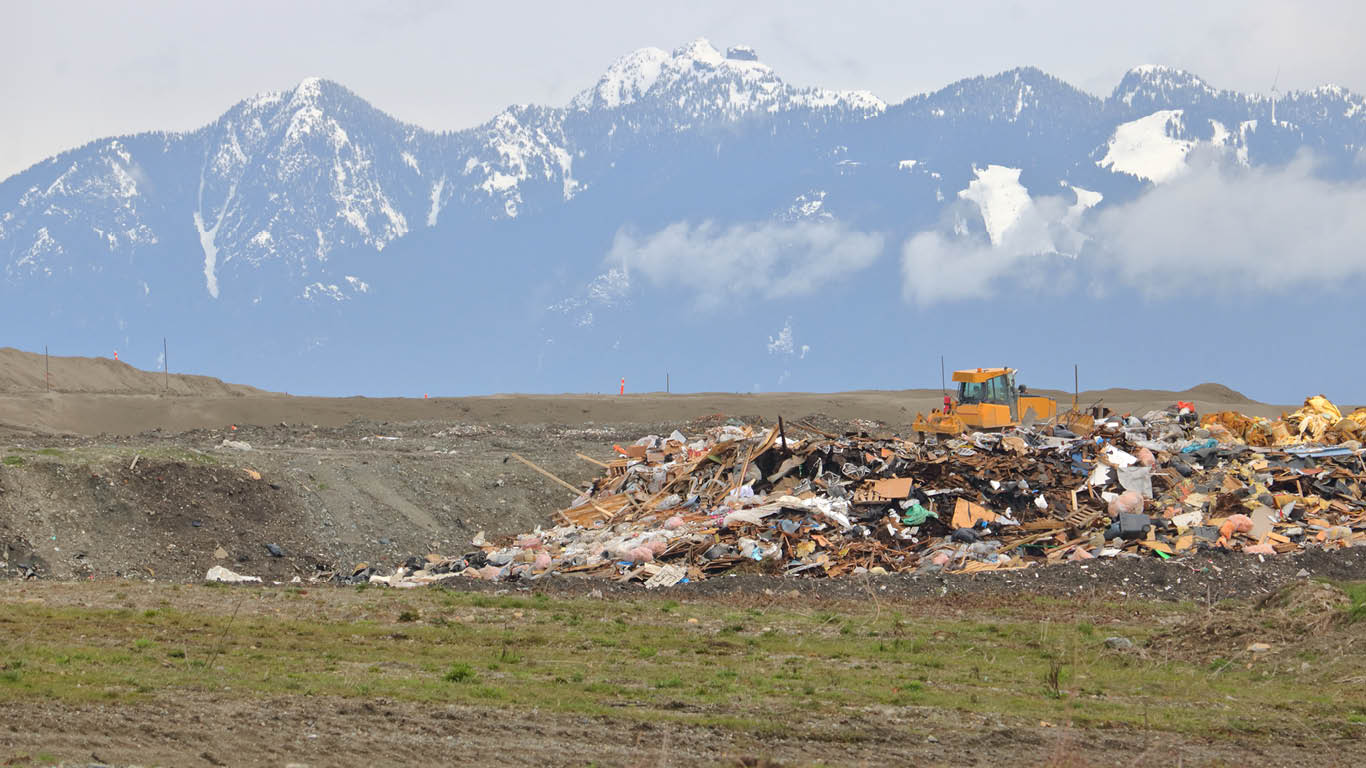
There were 26.6 million tonnes of waste disposed of in Canada in 2022, the highest amount on record since we started tracking in 2002 (data are released every two years). However, households are hauling less trash to the curb, and the new high is mostly due to an increase in non-residential sources of waste.
The 15.9 million tonnes of non-residential waste produced in 2022 was the highest amount since 2010 (15.5 million tonnes), while the 10.7 million tonnes of residential waste was the third consecutive decline going back to 2018.
Residential sources include non-hazardous waste picked up by the municipality or self-hauled to disposal sites. Non-residential sources include waste from institutional facilities and commercial operations and waste generated by construction, demolition and manufacturing.
Residential waste down in five provinces
From 2020 to 2022, Quebec’s residential waste declined by 135 786 tonnes to 3.3 million tonnes. Ontario’s residential waste declined by 91 839 tonnes to 3.7 million tonnes over the same period—accounting for most of the overall decrease among provinces.
Manitoba (-10 516 tonnes), British Columbia (-4 731) and Newfoundland and Labrador (-1 741) also recorded declines from 2020 to 2022, while the other provinces saw small increases. (It should be noted that detailed data are not available for Prince Edward Island and the territories.)
Ontario drives increase in non-residential waste
Ontario’s 7.0 million tonnes of non-residential waste in 2022 is the highest on record for that province and was up by 530 020 tonnes from 2020.
Quebec (+255 264 tonnes), British Columbia (+47 120), Saskatchewan (+5 566) and Newfoundland and Labrador (+843) also recorded increases over the same period.
Fewer tires, plastics, organics, and other materials drive decline in diverted waste
There were 9.9 million tonnes of waste diverted (from all sources) in 2022, a slight decline from 2020. Helping to slow the decline was a 68 701-tonne increase in diversion of paper fibres—which accounted for more than one-third of all diverted materials—to 3.6 million tonnes over the same period.
Organic materials, including food and leaf and yard waste, declined by 78 853 tonnes from 2020 to 3.1 million tonnes in 2022. Households diverted less to their brown bins, while non-residential sources diverted more.
Diversions in 2022 of construction, renovation and demolition materials (757 861 tonnes), ferrous metals (740 854), glass (455 131), mixed metals (135 857), copper and aluminum (86 703), textiles (66 218) and white goods (65 253) were all up from 2020.
Conversely, other materials (those not included in any specific categories) declined by 55 709 tonnes from 2020 to 46 276 tonnes in 2022, the second-largest decline behind organic materials.
Diversions in 2022 of tires (419 586 tonnes), plastics (366 694), electronics (94 129) and gable top and aseptic containers (19 012) were down from 2020.
Waste management expenditures up and greenhouse gas emissions down over time
In 2022, governments and other public sector institutions across Canada spent $4.7 billion for waste management operations, up from $4.2 billion in 2018.
Greenhouse gas emissions attributable to waste (mostly from landfills) contributed 23 megatonnes, or 3.3%, to Canada’s total emissions in 2022. This is down 3.6% from 24 megatonnes in 2005.

StatsCAN app
Did you know you can read StatsCAN Plus articles and more on the StatsCAN app? If you’re already using the app, let us know what you think by leaving a review in the App Store and Google Play.
Contact information
For more information, contact the Statistical Information Service (toll-free 1-800-263-1136; 514-283-8300; infostats@statcan.gc.ca) or Media Relations (statcan.mediahotline-ligneinfomedias.statcan@statcan.gc.ca).

